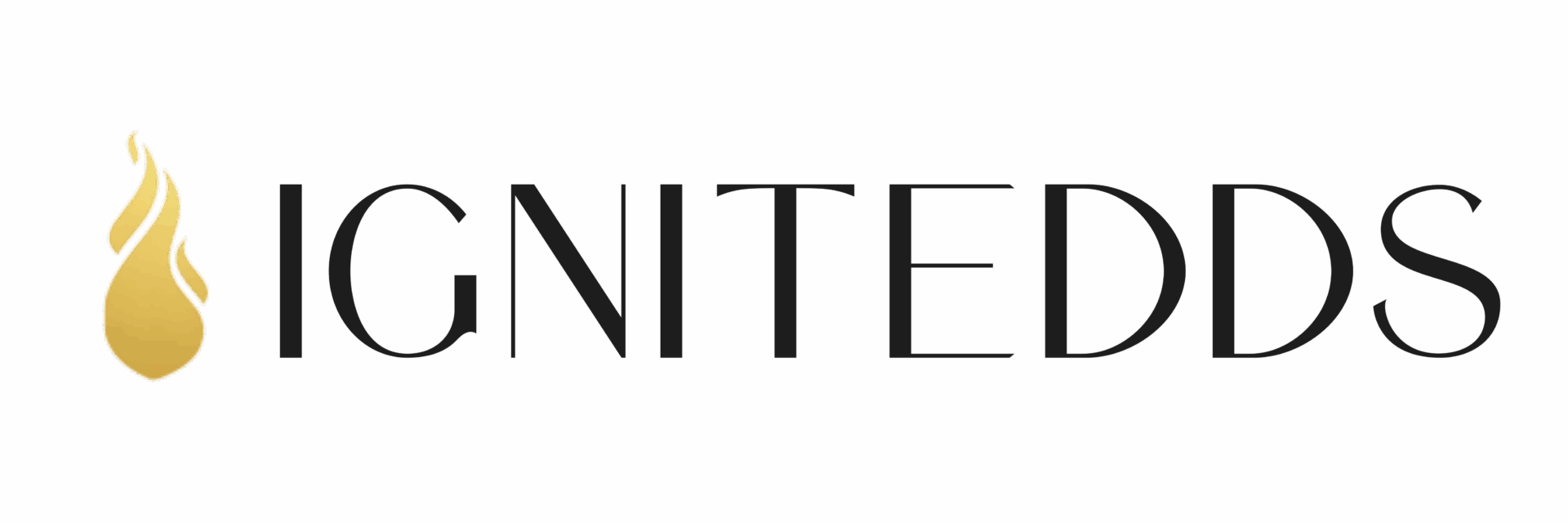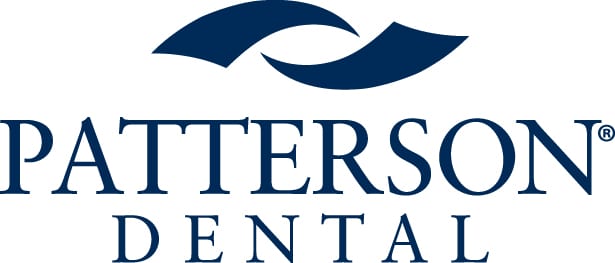By: Stephen K. Malone, DMD and Michael Costa, DDS, MHS
This Topic Originally Appeared on PankeyGram.Org. Dr. Malone granted permission for igniteDDS to share with our readers.
Dental hygiene has evolved significantly since the early 1900s. Gone are the days of sharp instruments and gritty polishing pastes as the primary tools for cleaning teeth. Today, modern practices are adopting Guided Biofilm Therapy (GBT) — a new technology that not only removes pathological oral microorganisms more effectively but also improves patient comfort and preserves the integrity of dental restorations.
The Evolution of Hygiene Therapy
Over the decades, technological advancements like ultrasonic scaling have improved hygiene therapy, yet traditional methods still posed challenges. With the increasing understanding of oral biofilm’s impact on systemic health, dental professionals have shifted their focus to more comprehensive and gentle ways to manage bacterial buildup.
The Prophylaxis Master System
In 2021 our office staff attended continuing education courses with legendary periodontist, Dr. Sam Low. Dr. Low introduced our practice to new technology that would help elevate our hygiene practice by improving biofilm removal, increasing patient ownership of personal oral hygiene practices, decreasing damage to root surfaces and restorations, and providing a gentler patient experience.
The instrumentation is provided though a unit called a Prophylaxis Master – which is a combination of two different treatment modalities. The dental hygienist first uses the airflow, after that piezo scaler as below.
- Airflow Technology: This component uses a mix of water, air, and erythritol powder to painlessly remove soft biofilm, early calculus, and stains, even in hard-to-reach areas.
- Piezo Scaler: Once biofilm is cleared, the Piezo unit gently removes any remaining calculus with specialized tips designed for deep pockets, restorations, and implants.
Why Guided Biofilm Therapy Works
Backed by scientific research, GBT is the safest and most effective way to manage biofilm and calculus on natural teeth, restorations, and implants. It also protects enamel and root surfaces, reduces soft tissue irritation, and significantly improves patient experience.
Inside the 8-Step GBT Protocol
Implemented using EMS’s recommended process, the GBT protocol includes:
- Assessment of teeth, soft tissues, and implant tissues.
- Application of the disclosing solution to highlight the biofilm.
- Patient education using visual biofilm evidence.
- Biofilm removal using Airflow Plus powder.
- Subgingival cleaning with the Perioflow® nozzle.
- Calculus removal using EMS PIEZON® instruments.
- Fluoride application and caries check.
- Personalized recall scheduling based on risk.
What Patients Love About Guided Biofilm Therapy
- The ability to see biofilm before and after treatment creates trust.
- Gentle, warm water and reduced sensitivity improve comfort.
- Removes buildup from difficult areas that traditional methods miss.
- Pleasant taste from erythritol powder.
- Education enhances their oral health habits and outcomes.
What Hygienists and Doctors Appreciate
- Reduced hand fatigue thanks to less manual scaling.
- Visible results support thoroughness and efficiency.
- Fewer patient complaints about discomfort or inconsistency.
- Protects cosmetic work and implants from damage.
A Win-Win for Everyone
Guided Biofilm Therapy has transformed our approach to hygiene therapy. Patients love it. Hygienists love it. And doctors see healthier outcomes and happier patients.
Visit the Pankey Hygienist course to learn more through hands-on training about biofilm removal in difficult-to-reach areas, periodontal techniques, and the current staging protocols through a triangle of care that involves both dentists and hygienists for patient-centered comprehensive care.


